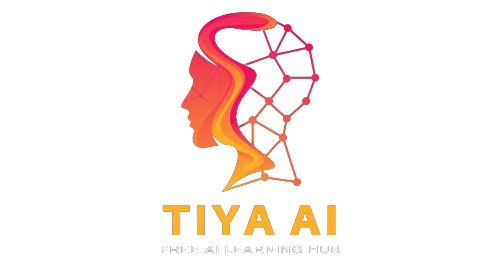Speaker recognition is a field within the domain of biometrics and audio signal processing that focuses on identifying and verifying individuals based on their unique voice characteristics. It has several major research branches, each with its own specific focus and goals:
- Speaker Verification: Speaker verification, also known as speaker authentication, is the process of confirming whether a claimed speaker’s identity matches the provided voice sample. In this method, a person’s voice is compared against a pre-registered voiceprint or voice model to determine if the claimed identity is genuine. It is commonly used in security systems, phone-based authentication, and access control.
- Speaker Identification: Speaker identification involves determining the identity of an unknown speaker from a set of known speaker models or a database of voiceprints. Unlike verification, where the goal is to confirm a specific person’s identity, identification aims to find a match among a group of potential speakers. Law enforcement and forensic applications often use speaker identification to link voice recordings to individuals in criminal investigations.
- Diarization: Diarization is the process of segmenting and labeling an audio recording to identify when different speakers are talking and which parts of the audio belong to each speaker. It involves detecting speaker changes, determining speaker identities, and creating a timeline of who spoke when. Diarization has applications in transcription services, meeting analysis, and audio indexing.
- Robust Speaker Recognition: Robust speaker recognition focuses on developing methods that can handle challenging conditions, such as variations in speech quality, background noise, channel effects, and language differences. This branch aims to improve the accuracy and reliability of speaker recognition systems under real-world and adverse conditions. It often involves signal processing techniques, machine learning, and feature extraction methods.
These four research branches collectively contribute to the advancement of speaker recognition technology, enabling various applications in security, forensics, human-computer interaction, and more. As technology continues to evolve, these branches may further develop and intersect with other fields, leading to even more sophisticated and accurate speaker recognition systems.
Reference

